Mandatory conscription is currently in effect in eight European NATO member states: Norway, Estonia, Lithuania, Sweden, Greece, Finland, Latvia, and Denmark. In the Netherlands, men still receive call-up notices, but for now, enlistment remains voluntary.
Croatia suspended conscription in 2008 but reintroduced it in 2025. All men who have reached the age of eighteen are required to take part in a two-month basic training program.
In March 2022, Poland enacted a new defense law introducing “paid voluntary basic military service.” Those who enroll undergo one year of training, receive a monthly salary throughout, and may choose to pursue a professional military career upon completion. Each year, 35,000 volunteers participate in basic military training in Poland. By 2027, the number of recruits is expected to double, with plans to train 100,000 volunteers annually thereafter.
Some countries are now considering drafting women
Denmark is increasing its military spending and, from 1 July, will introduce mandatory military service for women. As of 1 July 2025, all Danish citizens who have reached the age of eighteen will be eligible for conscription. Previously, only men were subject to mandatory service, although women could enlist on a voluntary basis, according to Euractiv.
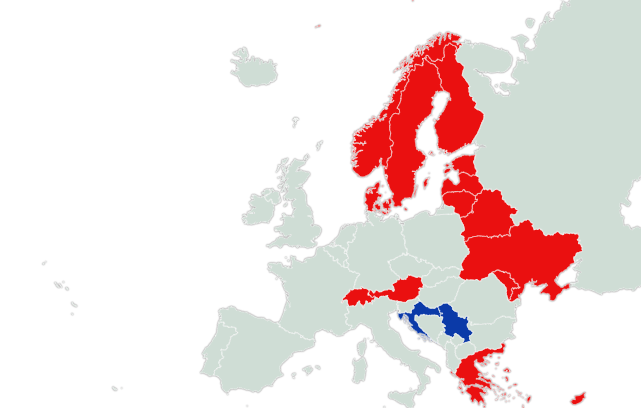
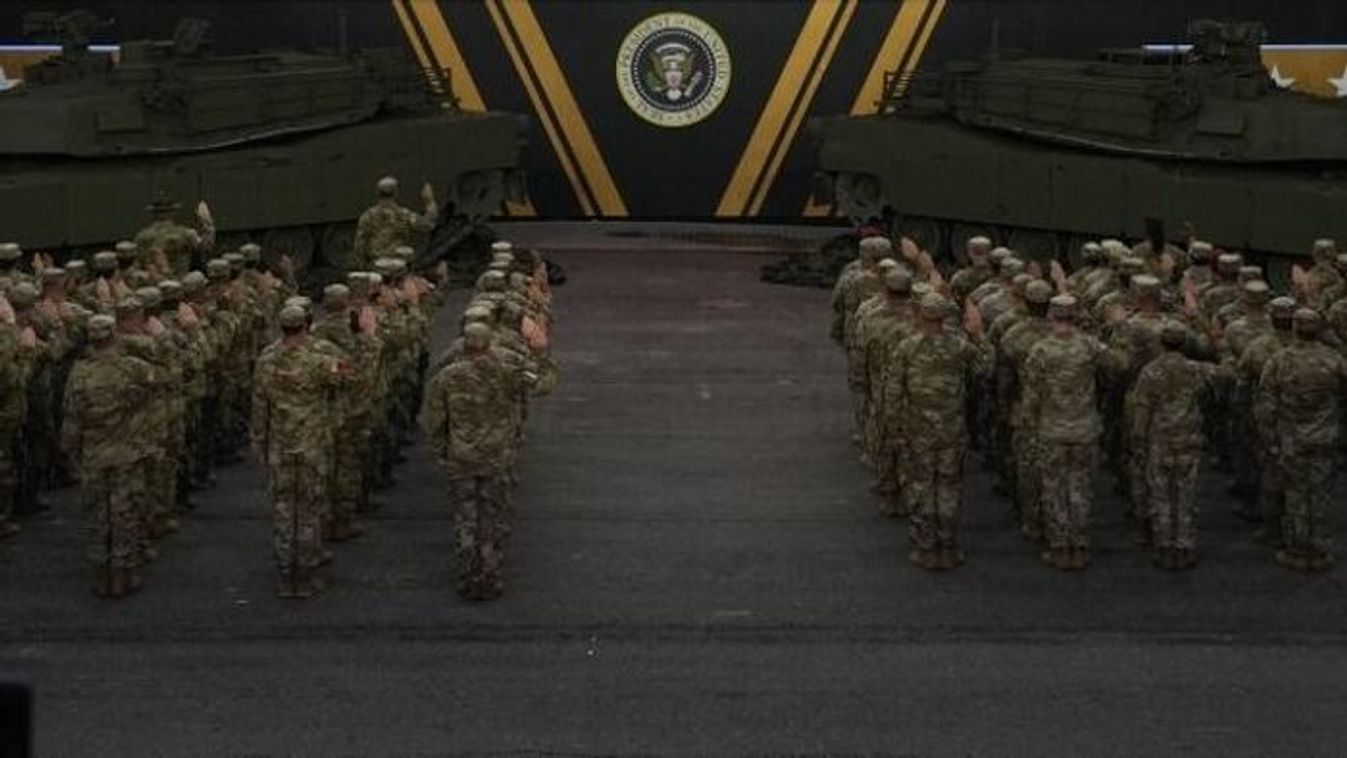

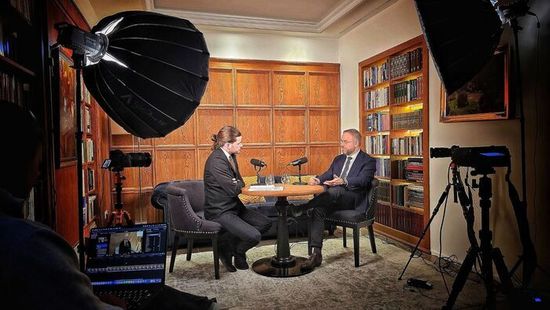






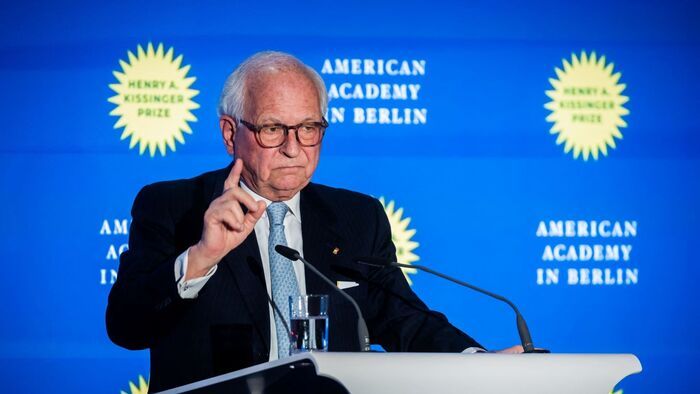







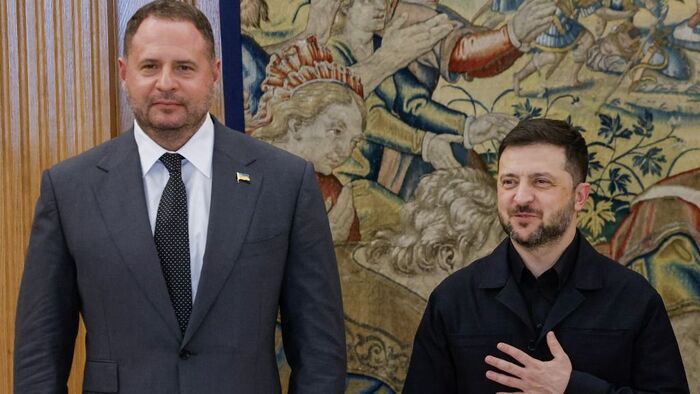
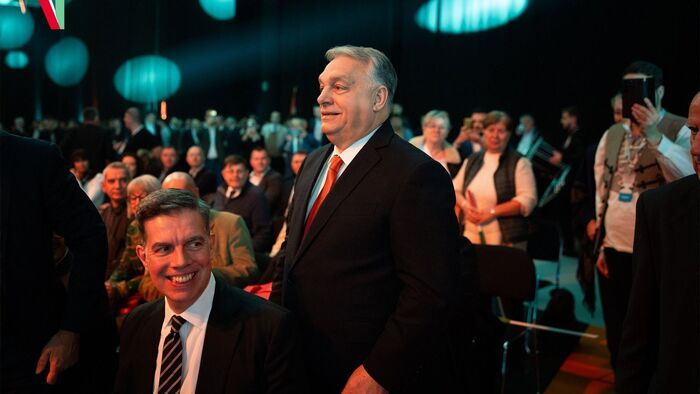



Szóljon hozzá!
Jelenleg csak a hozzászólások egy kis részét látja. Hozzászóláshoz és a további kommentek megtekintéséhez lépjen be, vagy regisztráljon!